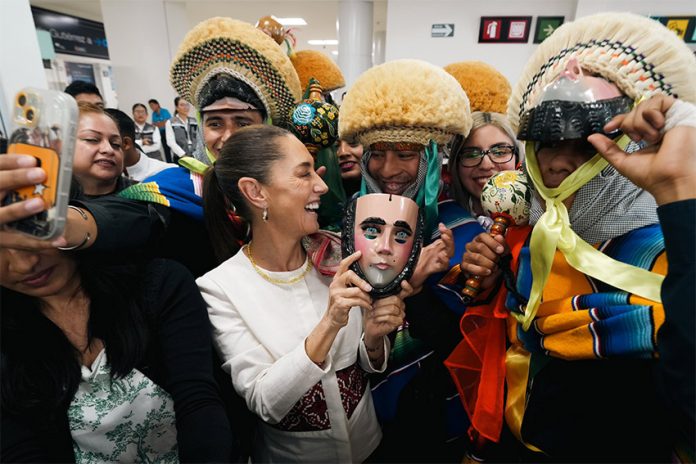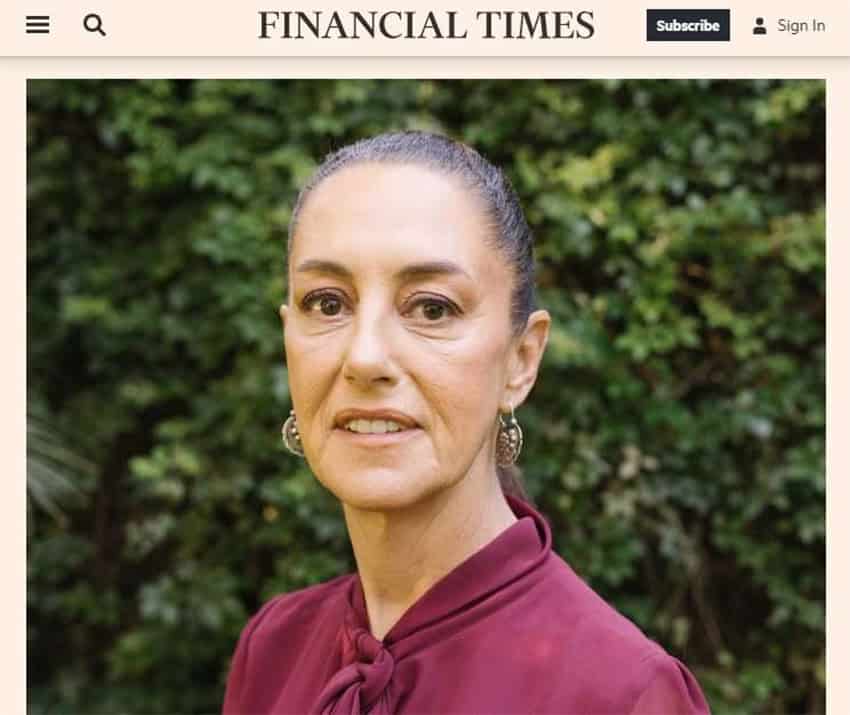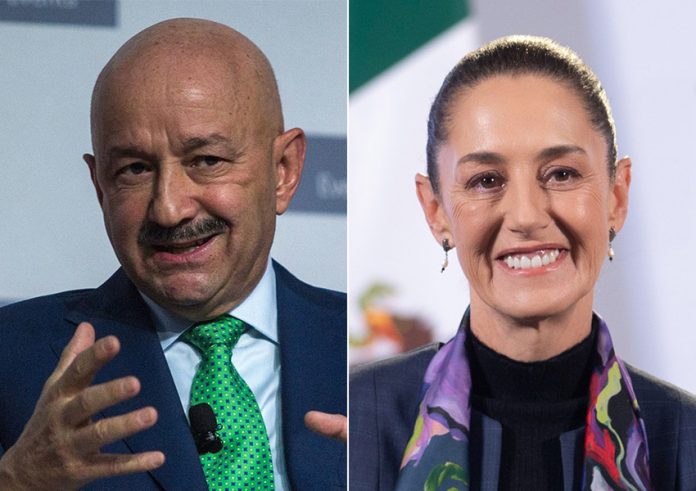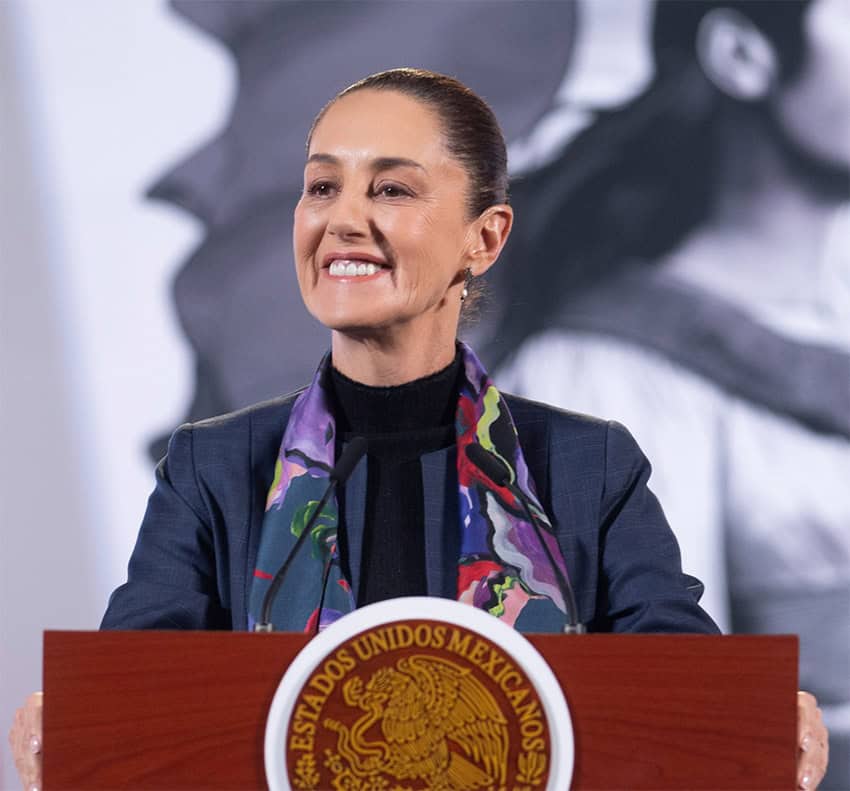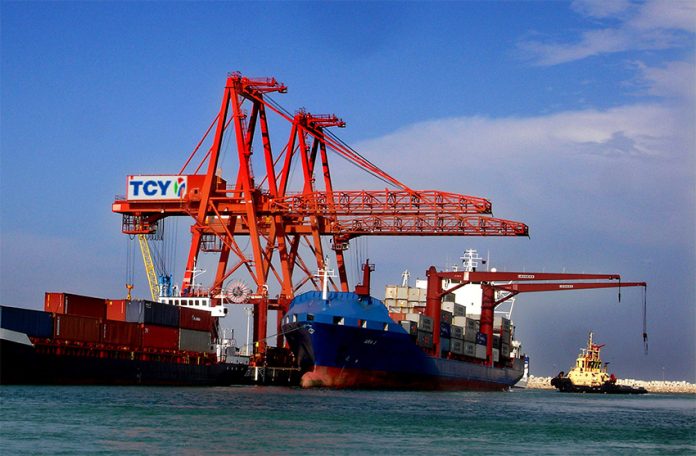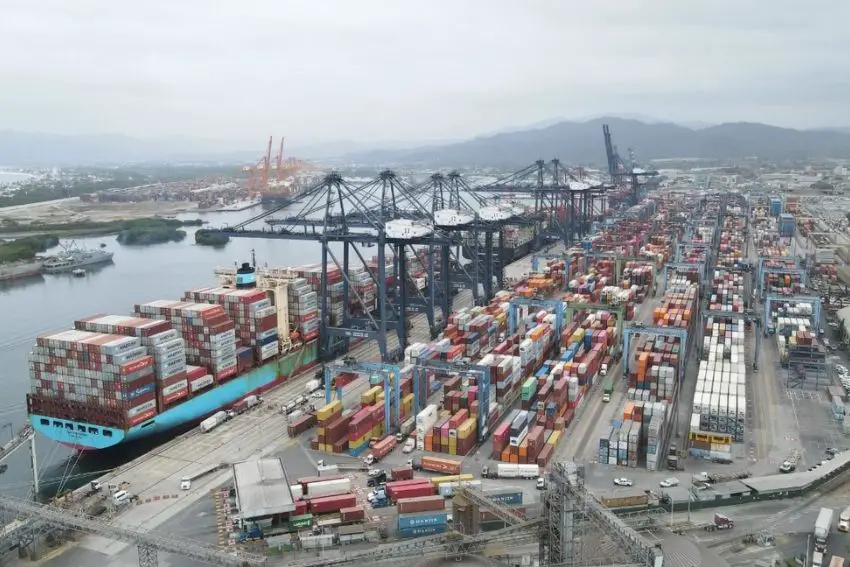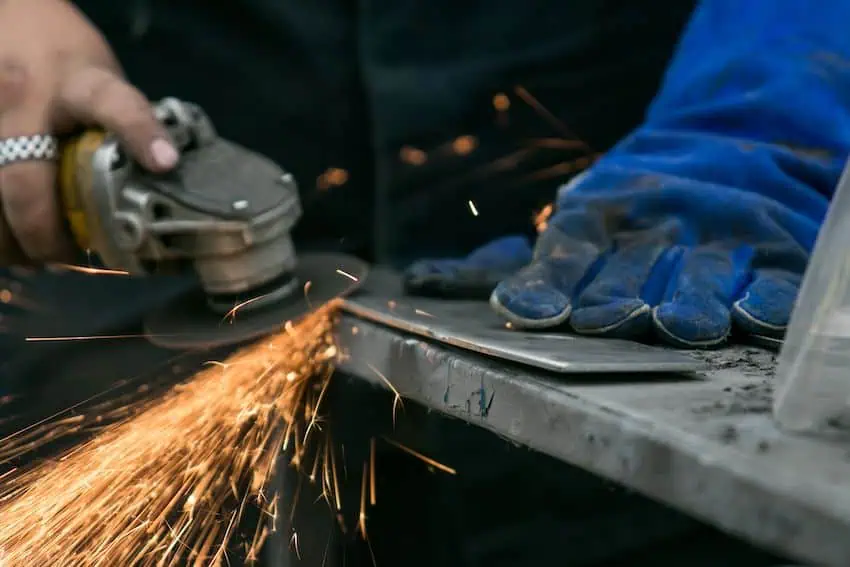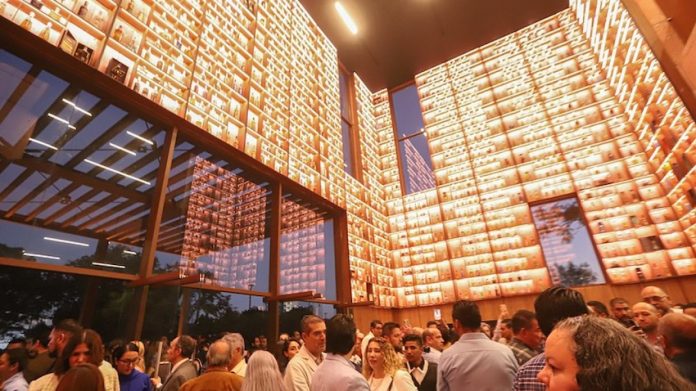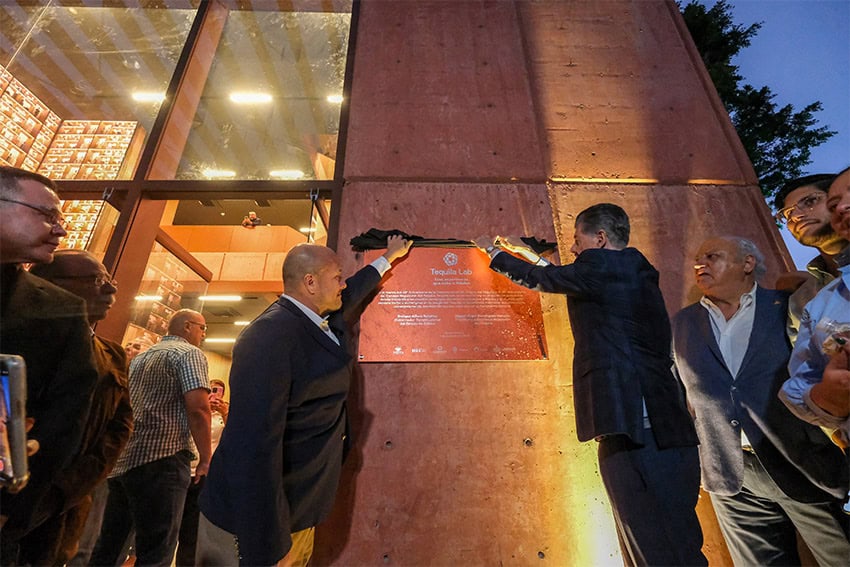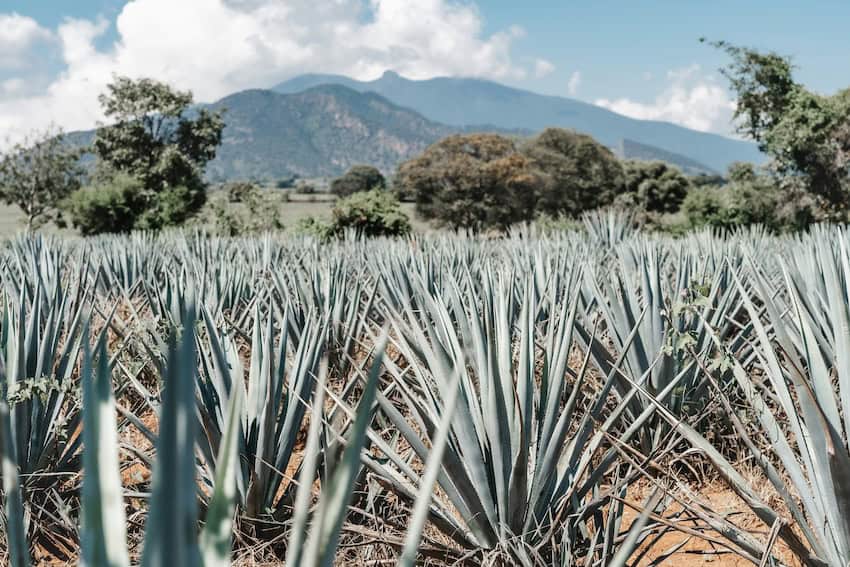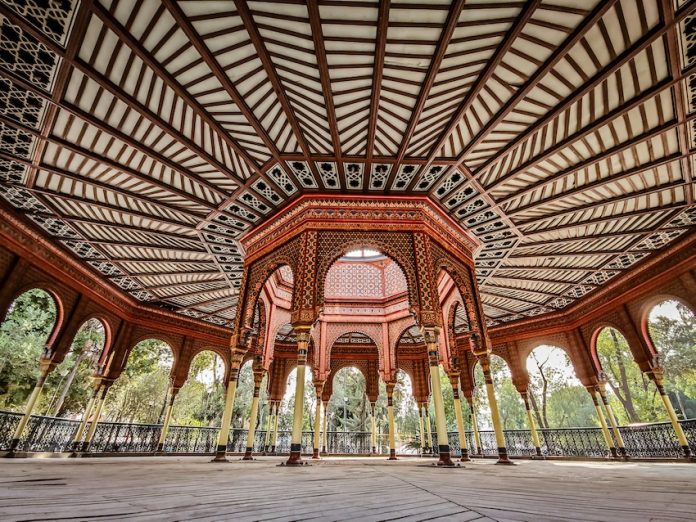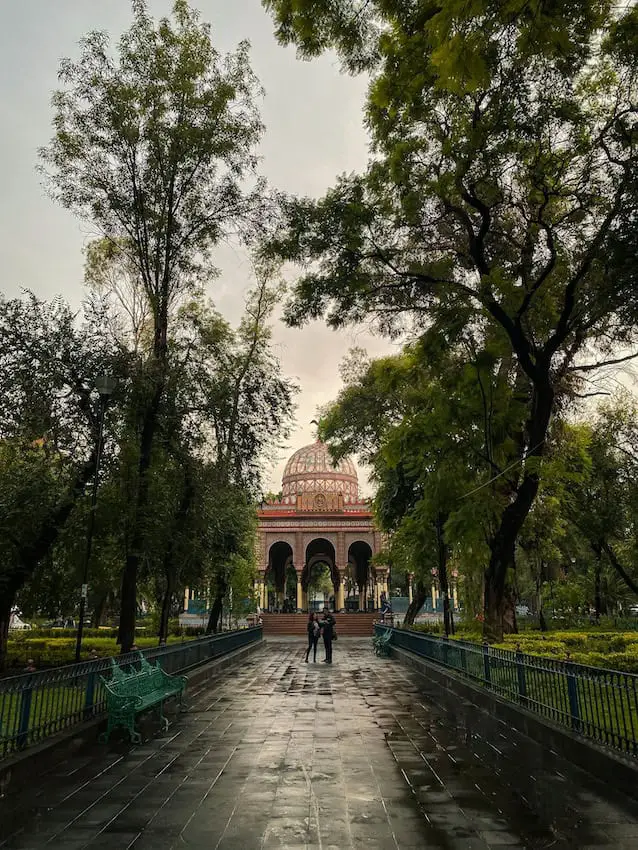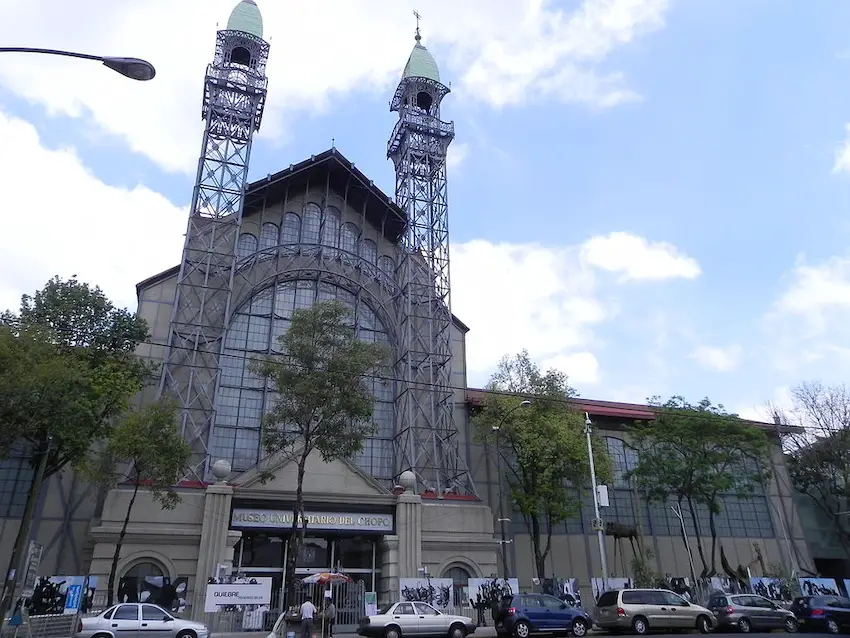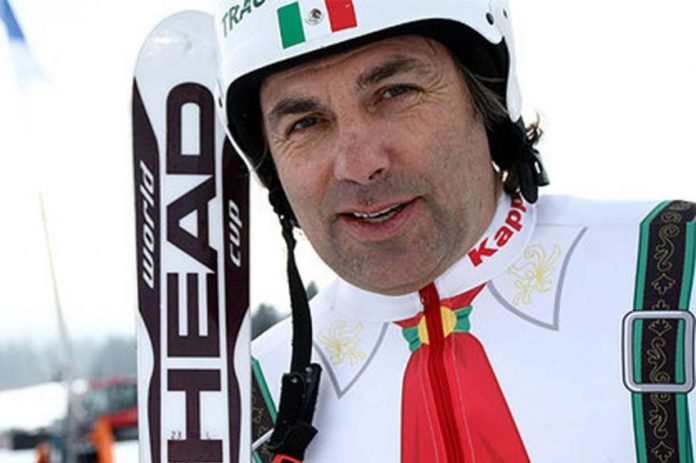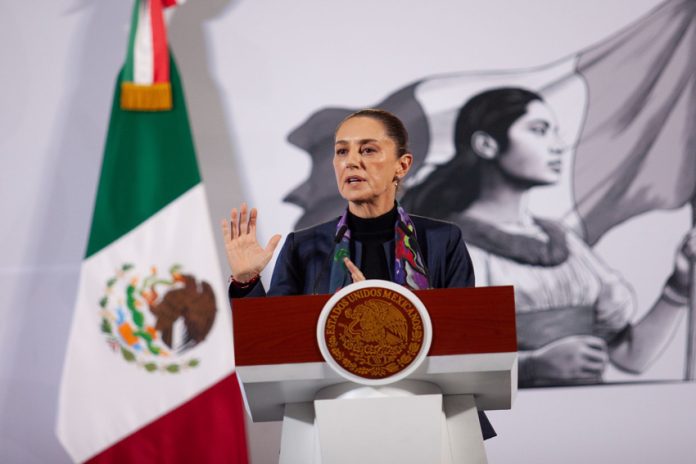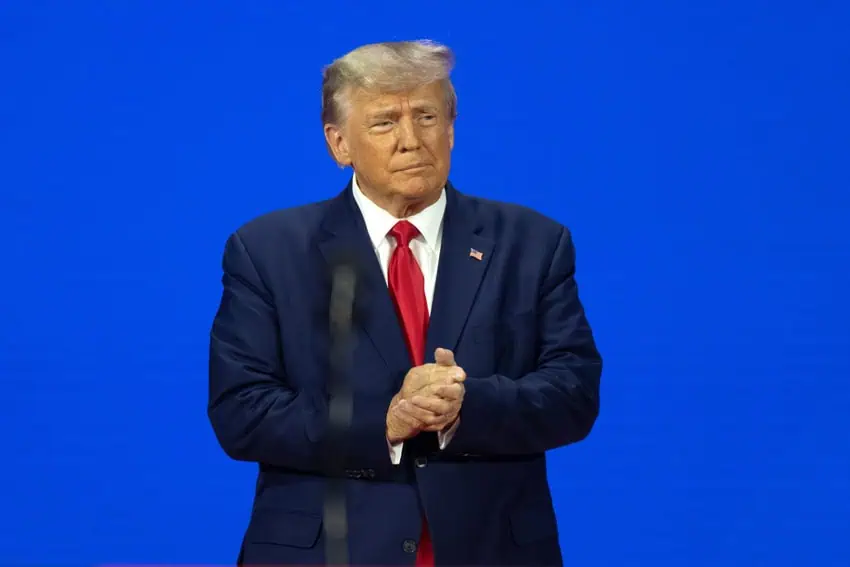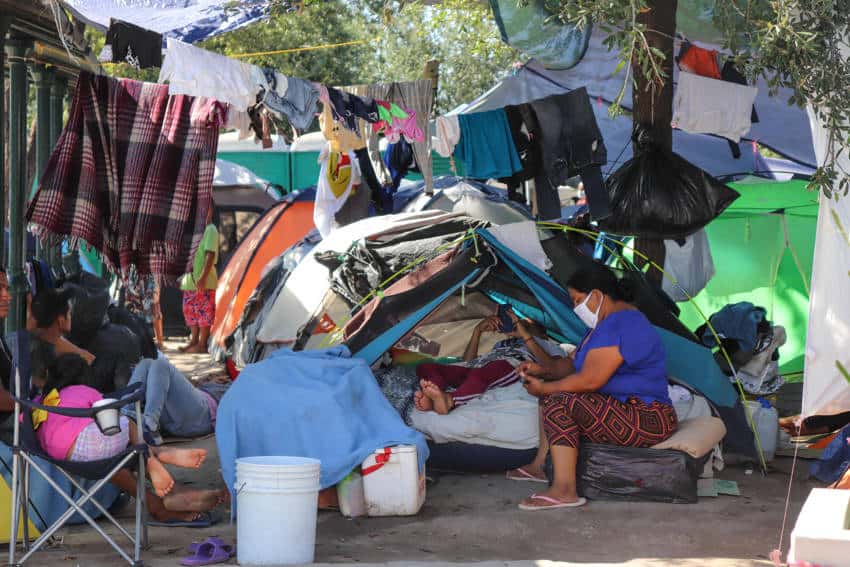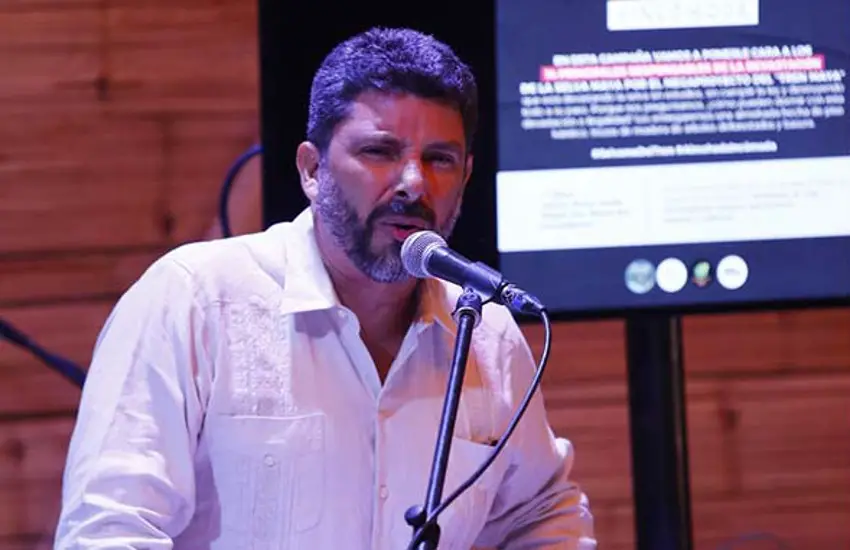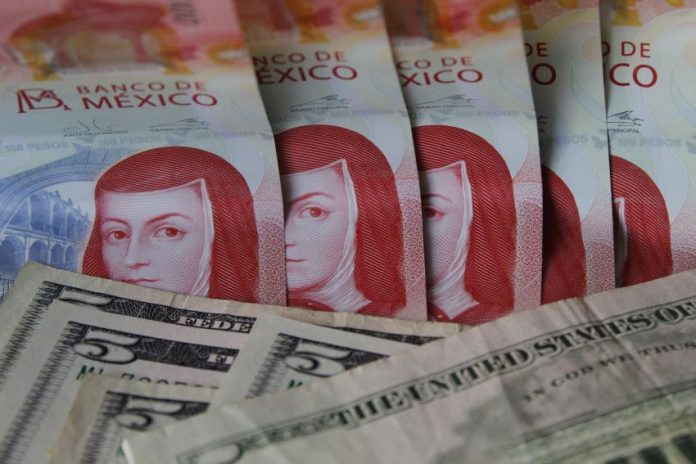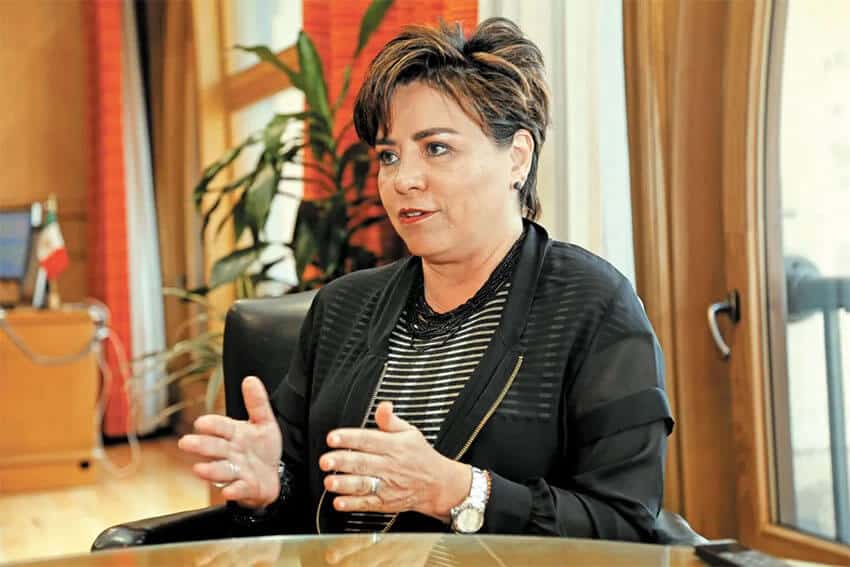Mexican Formula 1 driver Sergio “Checo” Pérez has had a miserable 18 months: no first-place finishes in 41 races; last place in his “home” Grand Prix in Mexico City in October; and not a single top-three finish since April — a span of 18 straight races heading into this weekend’s season finale, the Abu Dhabi Grand Prix — all as his teammate, Max Verstappen, won his fourth straight World Championship title.
It’s the kind of season that could lead one’s team to drop him.
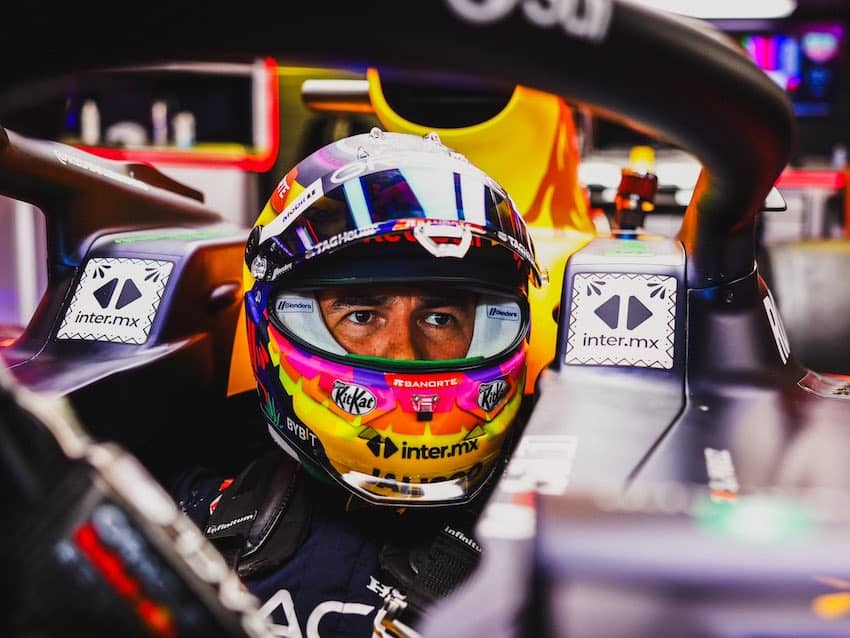
The thing is, Pérez’s team for the past four years, Red Bull Racing, signed him to a two-year contract extension back in June.
With three second-place finishes in the season’s first four races, the driver from Guadalajara had begun 2024 in solid form. That followed second place in the overall 2023 standings behind teammate Verstappen.
During the mid-season break, speculation began over who would be Red Bull’s second driver alongside Verstappen in 2025. With Pérez’s contract expiring at the end of this season, Red Bull team management signed him to the extension in an attempt to provide the Mexican driver with a feeling of stability. Since then, however, Pérez’s season has gone into a tailspin, taking just nine points in the last seven races (compared to 126 earned by Verstappen). In the last race, the Qatar Grand Prix on Dec. 1, Pérez spun out and failed to finish for the third time this season.
His slide, which also includes poor qualifying times, has dropped Red Bull out of contention for a third straight No. 1 finish in the Constructors’ World Championship standings.

Week after week, speculation has grown among fans and media over what Red Bull will do for the 2025 season.
One option is to make Pérez, 34, a driver on Red Bull’s junior team, Visa Cashapp Racing Bulls, and promote 24-year-old Japanese driver Yuki Tsunoda, or 22-year-old New Zealand rookie Liam Lawson, to the senior outfit in a direct swap. Another option is to simply cut Pérez and eat his contract. Red Bull also has several development prospects in lower formulae, including Isack Hadjar, who is currently second in F2.
Media speculation has been so rampant lately that Pérez’s father, Mexican politician Antonio Pérez Garibay, vowed this week via an Instagram post to publicly confront the “lying journalists” who say Red Bull will replace Pérez for the 2025 season.
Pérez Garibay, a Morena party member who represented Jalisco in Mexico’s lower house of Congress, the Chamber of Deputies, for three years until Aug. 31, posted that, come Monday, he’ll be “publishing the list of lying journalists and lying media.”
View this post on Instagram
That would apparently include veteran pundit David Croft of Sky Sports, who recently wrote: “Our sources indicate that Red Bull don’t want to continue necessarily with Sergio Pérez for next season. And [management is] trying to say you can either go nicely, step down, or we will … make that decision for you.”
According to Motorsport Week, Red Bull “has admitted the decision to renew” Pérez’s contract in June “failed to deliver the desired impact.”
Red Bull boss Christian Horner, who has been a staunch defender of the embattled Mexican, was quick to defend Pérez’s position. “Now, obviously, Checo is our driver. He remains our driver and [is] contracted to the team. … Obviously, this season hasn’t gone to anyone’s plan, particularly with Checo’s performance since Monaco. It’s been very, very tough for him … Once we get this race [Abu Dhabi] out of the way, we’ll sit down and discuss the future.”
Added Horner: “There’s huge respect for Checo within the team. And nobody likes to see him struggling like the way he has.”

Signing Pérez shortly after he had “four podiums in the first five races,” Horner continued, was done “to settle his mind and extend that run of form for the rest of the season … which obviously didn’t work … that’s just life sometimes.”
It is believed that Pérez brings a considerable sponsorship package with him to Red Bull.
Red Bull is notorious for its ruthless treatment of underperforming drivers, with Pierre Gasly, Nyck De Vries and Daniil Kvyat all removed from the team midway through their contracts in recent years. Motorsports journalists have speculated that Pérez’s contract includes a major payoff if he is cut.
Pérez, who is currently eighth in the 2024 driver standings despite his woes, gave his thoughts on the matter Thursday in the United Arab Emirates: “Nothing has changed since before in terms of what I have said for the whole year. I have a contract for next year, and I will be driving for Red Bull next year.”
Pressed on the matter, Pérez said: “I’ve already said it. Nothing more to add. I have a contract for next year, so nothing more to add … The important thing now is to focus on this weekend.
“It has been very difficult,” he added. “We have had a great car, but a very difficult car to get 100% out of. No matter how good it is, if you can’t get 100% of your performance, you will hardly be able to have good results. That has happened this season.”
In 280 career starts in Formula 1, Pérez has six victories and 39 podiums.
With reports from Sports Illustrated, Motorsport Week and El Financiero
By Mexico News Daily staff writer Andy Altman-Ohr

